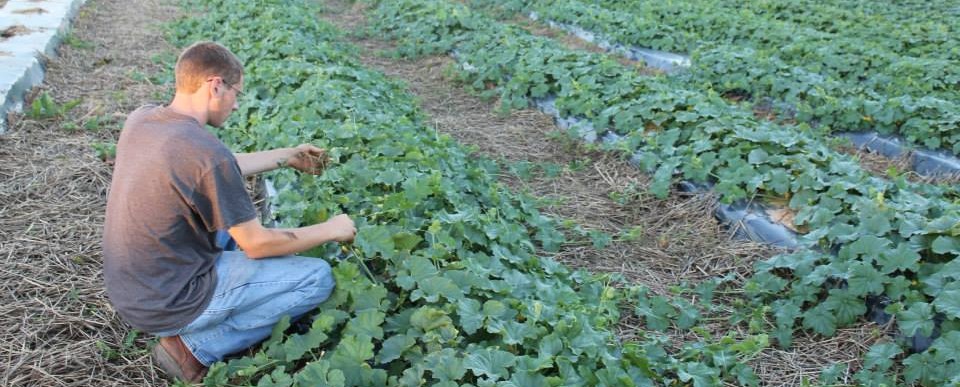I think I would be remiss if I didn’t talk about knots in my outdoors blog. Although in everyday life you may use one or two knots at most, many outdoor activities require the use of several knots to be successful. And although one may think “oh, I’ll just wrap this rope around it a bunch of times and do a ton of little knots” and it might even work, you are sure to waste a lot of time and cause much frustration getting the knot undone. Although it may seem like a hassle learning knots, I find it to be a relaxing exercise of critical thinking and dexterity. Since I think it would be pretty hard to describe how to tie various knots in writing, I’d like to discuss how to choose the right knot for the right situation.
The bowline- This knot is used to form non slipping loop. Its advantages include not slipping and ease of untie. The bowline knot is extremely versatile, as I have used it for everything from pulling down a tree to pulling a tube with a boat. The knot can also be tied with one hand for use in emergency situations.
“The” knot- best used for marriage. I cant say I’ve used this one before.
The taut line hitch- this is a very interesting knot because it can hold a load and be adjusted. Its basic function is to provide an adjustable loop. Before applying a load, the loop can be resized, but as soon as tension is applied, the knot ceases to slip. The taut line is useful for tying down tent stakes and tying down loads on a truck.
The clove hitch- this is the knot you would see in an old western movie, when the cowboy is tying his horse to a post. I don’t really think it’s useful for much else besides applications like that- quick, temporary fastening to an object.
The fireman’s chariot- this is probably the most recent knot I have learned and probably the most useless-for me. However, it is designed so a climber can tie to a point on the top of a cliff, rappel down, and then untie the rope simply by shaking it. If you keep tension on the rope it holds, but as soon as tension is lost it comes apart.
The figure 8 knot- this knot is most commonly used for rock climbing applications. More specifically, the figure 8 on a bight is used. A bight is simply a loop of rope. It creates a strong loop like the bowline, but it is more likely to jamb. Climbers like this because that means it is very unlikely to come undone.
